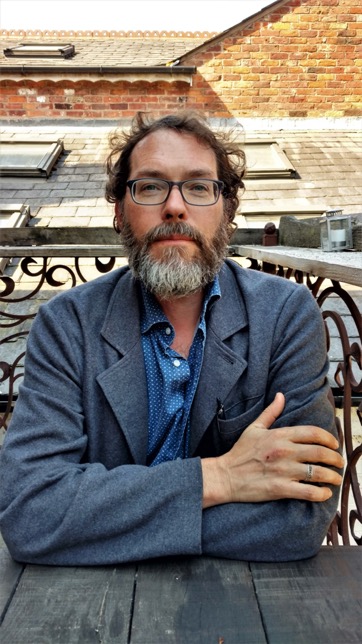Takeaway
Many clinicians feel burned out at some point in their careers. While this may feel disorienting, it’s possible to learn and grow from this experience.

Lifelong Learning in Clinical Excellence | August 17, 2022 | 1 min read
By David Kopacz, MD, University of Washington
I first read Rebecca Solnit’s “A Field Guide to Getting Lost” when I was living in New Zealand. I was feeling lost and trying to find myself as I adjusted to life in a new country when I came across it at Unity Bookstore in Auckland.
Solnit’s signature style integrates memoir, history, the arts, philosophical and cultural reflection, activism, and an ever-evolving relationship with land. The book explores different ways that we can get lost: lost in substances, lost in the woods, lost from the surrounding culture, lost in punk rock, and lost in despair and suicide. Solnit weaves a meandering narrative through these different topics.
Solnit quotes the philosopher, Meno, “How will you go about finding that thing the nature of which is totally unknown to you?” The answer is getting lost. “The question then,” she writes, “is how to get lost. Never to get lost is not to live, not to know how to get lost brings you to destruction, and somewhere in the terra incognita in between lies a life of discovery.”
A practical thing that clinicians can learn from this book is that it’s possible to learn and grow from disorientation and feeling lost, which is a common feeling with burnout. We don’t have to always be resilient; we don’t have to always have the answers. Solnit recounts hearing this in a talk by Paul Haller of the San Francisco Zen Center: “It’s okay to realize that life has a mysterious quality to it, it has an element of uncertainty, it’s okay to realize that we do need help, that calling out for help is a generous act because it allows others to help us and it allows us to be helped. Sometimes we’re calling out for help. Sometimes we’re offering help and then this hostile world becomes a very different place.”
This piece expresses the views solely of the author. It does not necessarily represent the views of any organization, including Johns Hopkins Medicine.

